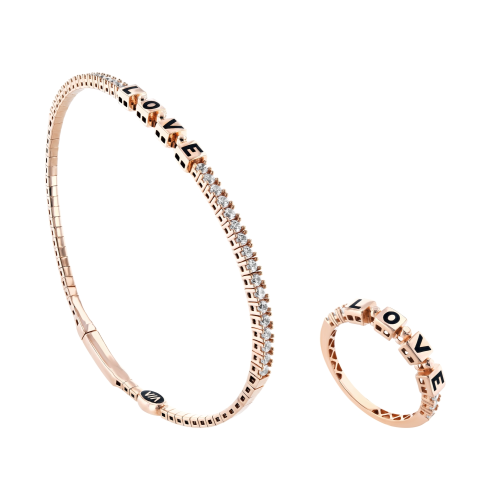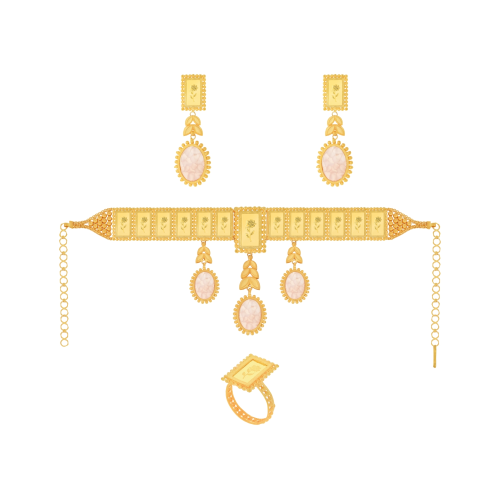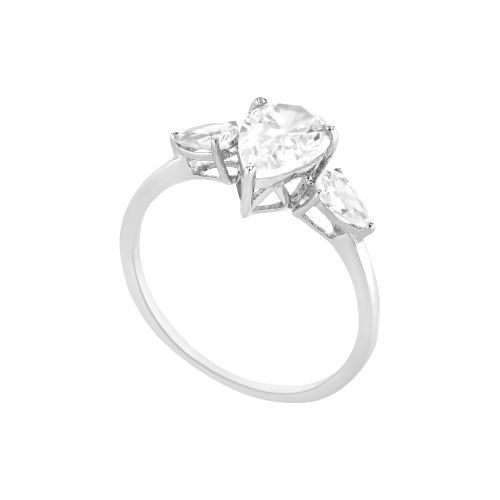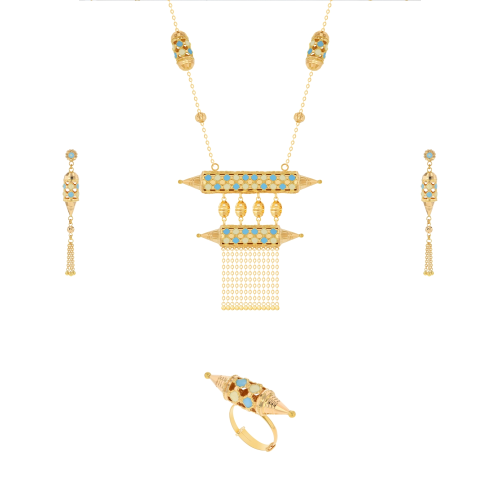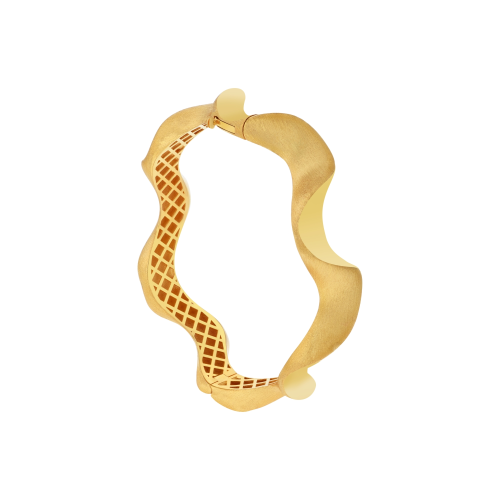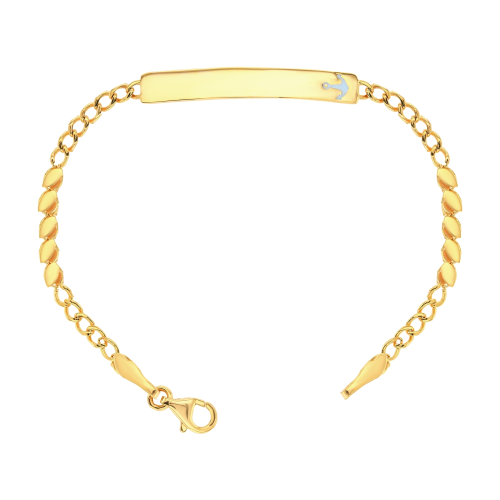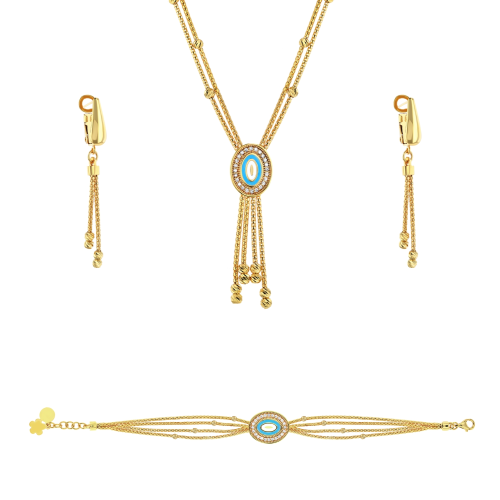The Secret 'Gemstone Coding' in Royal Arabic Jewelry – Hidden Messages in Design
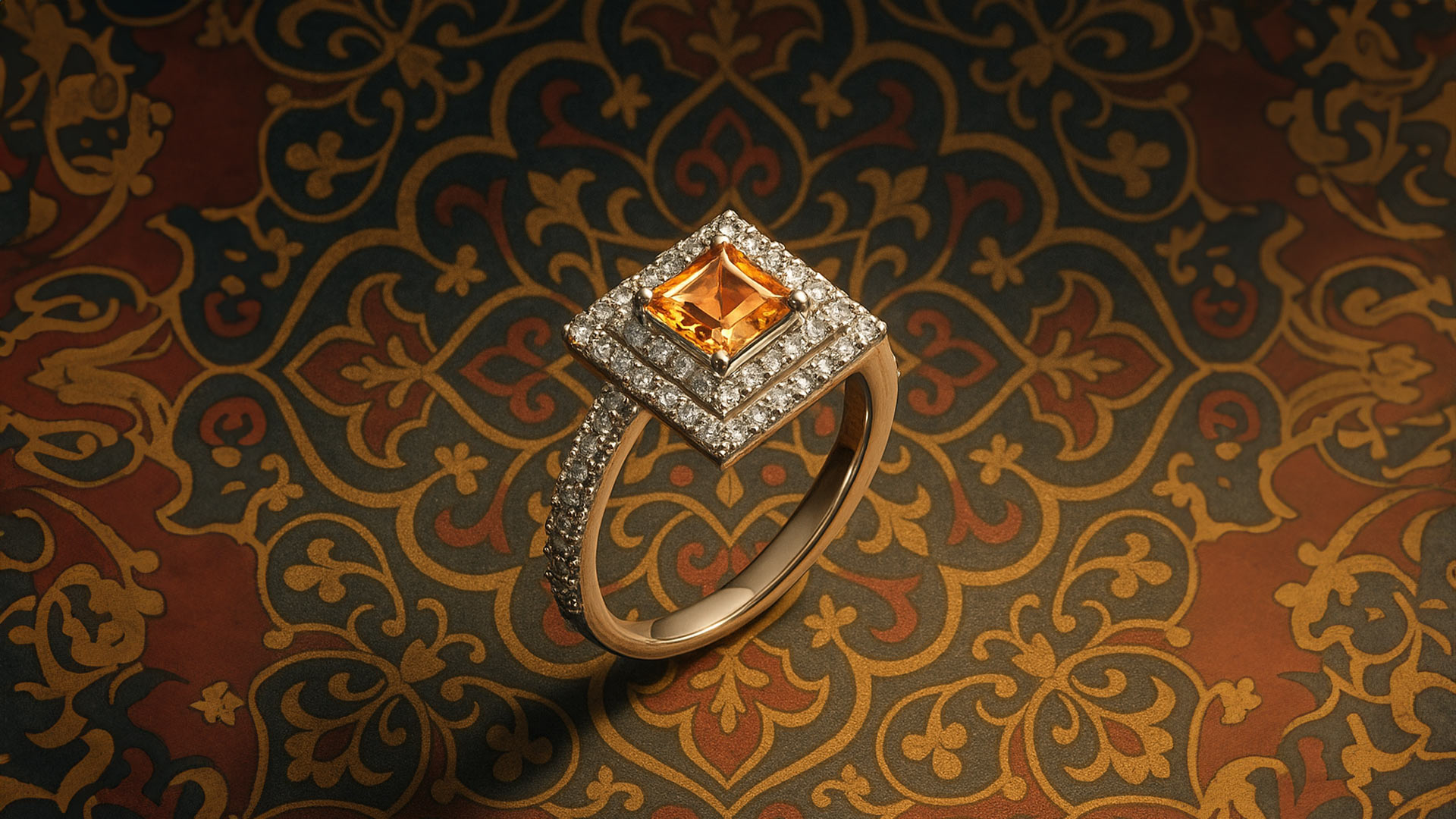
For centuries, royal Arabic jewelry has been admired for its opulence and intricate craftsmanship. However, beyond the dazzling aesthetics lies a sophisticated system of communication - a "gemstone code" that has allowed rulers, nobility, and artisans to embed messages within these precious adornments. This ancient practice of encoding meaning through the deliberate selection and arrangement of gemstones represents one of the most fascinating intersections of art, politics, and communication in Middle Eastern cultural history.
The Origins of Gemstone Coding
The practice of associating specific meanings with gemstones dates back to ancient Mesopotamia and Egypt, where stones were believed to possess magical properties and cosmic connections. By the early Islamic period, this symbolism had evolved into a more formalized system of communication among royal courts. Artisans working for caliphs and sultans developed increasingly sophisticated methods of arranging gemstones to convey specific messages that would be recognizable only to those educated in their meaning.
The Language of Stones
The gemstone code operates on multiple levels of significance, creating layers of meaning that can be interpreted differently depending on one's knowledge:
Color Symbolism
The most basic level of gemstone coding relies on color associations. In royal Arabic contexts, red stones like rubies traditionally symbolize passion, power, and bloodlines. Blue sapphires represent divine favor, wisdom, and truthfulness. Emeralds signify paradise, renewal, and fertility, while diamonds communicate purity, strength, and unbreakable bonds. Turquoise has long been associated with protection and healing, particularly in amulets and talismanic jewelry.
Numerical Significance
The quantity of stones often carries numerical symbolism deeply rooted in Islamic tradition. Seven stones might reference the seven heavens described in the Quran, while five stones could represent the five pillars of Islam. Three stones frequently symbolize completion or divine perfection, and twelve stones might honor the twelve months or astrological signs.
Positional Meaning
Perhaps most intricate is the positional arrangement of gemstones. When placed in specific geometric patterns, gemstones can form letters from Arabic script or create symbolic diagrams that convey complex messages. Circular arrangements often represent eternity or divine perfection, while angular patterns might reference specific architectural elements from sacred sites.
Royal Applications
The practical applications of gemstone coding in royal contexts were remarkably diverse:
Diplomatic Gifts
Perhaps the most fascinating use of gemstone coding appeared in diplomatic exchanges. When rulers presented jewelry to foreign dignitaries, the embedded gemstone messages could convey sentiments ranging from peaceful intentions to subtle warnings. A necklace featuring alternating rubies and emeralds might communicate a desire for peace (emeralds) backed by military strength (rubies).
Dynasty Markers
Royal families often developed their own specific gemstone signatures. The arrangement, cut, and selection of stones in official jewelry served as a visual representation of genealogy and legitimacy. When examining historical pieces from the Ottoman Empire, for instance, specialists can often identify which sultan commissioned a piece based solely on the gemstone coding patterns.
Secret Communications
During periods of political instability, gemstone coding provided a method of secure communication between allies. A ring or pendant might appear decorative to uninformed observers while carrying vital information about military movements, political alliances, or upcoming events to those who could interpret the code.
Regional Variations
While the basic principles remained consistent, gemstone coding developed distinct regional characteristics across the Arabic world:
In North Africa, particularly Morocco and Tunisia, amber and coral frequently appear alongside precious gemstones, creating codes that incorporate Mediterranean influences. The jewelry of the Maghreb often features more asymmetrical arrangements that tell narrative stories through their gemstone sequences.
The Persian Gulf region developed coding systems heavily influenced by pearl trading traditions, with pearls often serving as "punctuation" between gemstone statements. Bahraini and Qatari royal jewelry frequently combines pearls with rubies in patterns that symbolize the balance between sea and desert resources.
Egyptian royal jewelry incorporated influences from its ancient past, with scarab forms and pharaonic symbols reinterpreted through Islamic gemstone coding. During the Mamluk period, emerald and ruby combinations often referenced the Nile's fertility and the desert's fierce protection.
Modern Continuations
While the most elaborate systems of gemstone coding declined with the fall of major Arabic royal houses, contemporary designers have begun reviving these traditions with modern interpretations. Several luxury jewelers in Dubai, Riyadh, and Doha now create pieces that consciously reference historical coding systems while adapting them for contemporary tastes.
Some royal families maintain private collections of historically coded jewelry, occasionally wearing pieces for ceremonial occasions that connect them to their dynastic heritage. The Saudi royal family, for instance, is known to possess several suites of jewelry with traditional gemstone coding that are worn exclusively during state functions with particular symbolic significance.
Decoding the Past
Art historians and jewelry scholars continue to discover new aspects of historical gemstone coding systems, often revealing previously unrecognized messages in museum pieces. The field combines expertise in gemology, Islamic art history, and linguistics to unlock the sophisticated communication systems embedded in these treasures.
Recent analysis of a 16th-century Ottoman dagger hilt revealed a gemstone arrangement that scholars now believe communicated the exact date of a planned military campaign—information hidden in plain sight for centuries until the coding system was better understood.
The gemstone coding systems developed in royal Arabic jewelry represent one of history's most elegant forms of steganography—hiding messages within beautiful objects that serve both decorative and communicative functions. This sophisticated practice demonstrates how jewelry transcended mere adornment to become a vehicle for diplomacy, identity, and secret communication.
As modern interest in these traditions grows, we gain deeper appreciation for the intellectual sophistication that complemented the artistic brilliance of historical Arabic jewelry. Behind each glittering arrangement of precious stones lies a potential message—a whispered conversation across centuries that we are only now learning to hear.

Our Promise
Fast shipping
Receive your jewelry in maximum 3 days.
Return guaranteed
Requesting a return is quick and easy.
Ethical Sourcing
Ethically Sourced Materials
Payments
Buy in the most convenient way for you.
